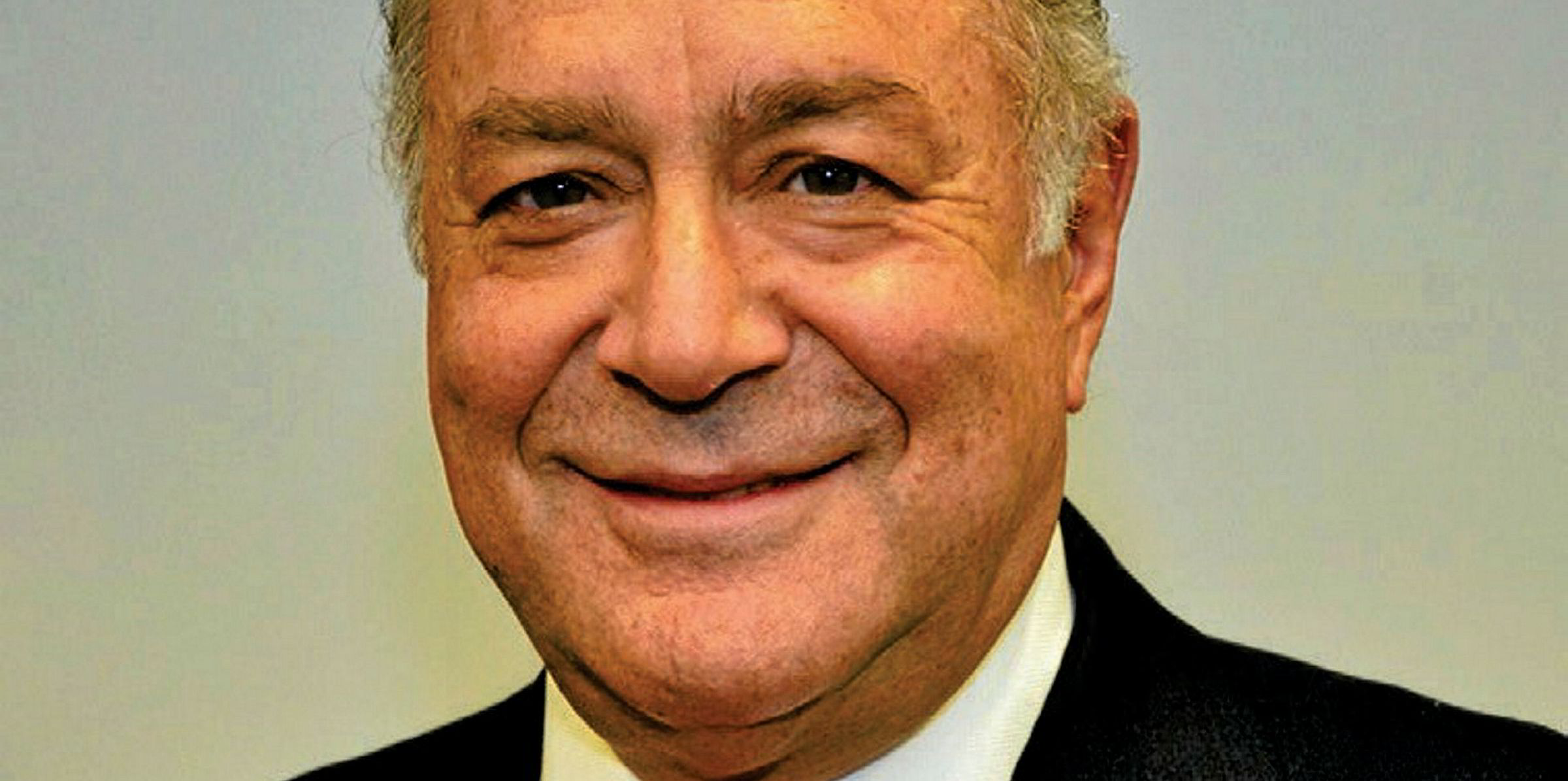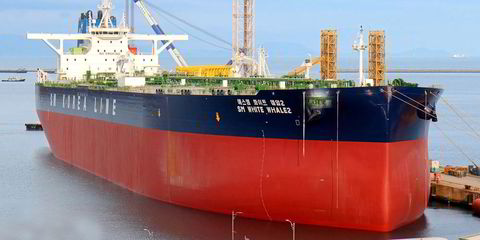The Golar Tundra was meant to be used to provide floating storage for the first LNG project in sub-Saharan Africa.
But the 170,000-cbm gas carrier has been making history of a different kind, becoming the first vessel to call at Cheniere Energy’s $15bn LNG export terminal at Corpus Christi in Texas.
Wilbur Ross, the US commerce secretary, was dockside for the project's launch last week, taking the opportunity to praise the “outstanding example of American ingenuity”.

Sean Stawbridge, chief executive of Corpus Christi port, said LNG represented the next growth opportunity. More than $300m is being raised to deepen the Corpus Christi ship channel to accommodate more gas carriers at the same time.
Golar LNG, the operator of the Golar Tundra, wasted little time mourning Ghana's failure to install the infrastructure to use the vessel as a floating storage and regasification unit at Tema as intended. A separate deal to progress Ghana LNG has now been signed with China.
Star performer
Instead, the 2015-built Golar Tundra was put back into the growing spot charter market and has popped up as a star performer on the US Gulf.
Its Bermuda-registered, but Norwegian-managed, owner has not given up on West Africa. Golar LNG is talking to Nigeria about importing LNG for a power project there.

Nigeria is already a huge oil and gas exporter with its own LNG export facility but still suffers power shortages due to bad infrastructure and what Reuters describes as “chaotic governance” of its energy sector.
Golar LNG is already working on a similar project in oil and gas-rich Brazil around the Sergipe area on the north-east coast.
These import schemes plus the start-up of the new export facility at Corpus Christi highlight the growing demand for — and flexibility around — gas as a lower carbon alternative to coal and oil for generating electricity or heating homes.
From near the Equator to the high Arctic, the world of energy and shipping is buzzing with new LNG schemes and activity
From near the Equator to the high Arctic, the world of energy and shipping is buzzing with new LNG schemes and activity.
Russian independent gas provider Novatek recently delivered its first cargo from the Yamal LNG project in the far north of Russia to the Bahia regasification terminal in Brazil.
Last week, Novatek announced it had delivered via the Northern Sea Route its first cargo from Yamal to the Fujian LNG terminal in China.
Boom in spot market
The Russian group will start up its Vysotsk LNG project on the Finnish Gulf and is investigating the possibility of shipping gas from the Russian Arctic to a planned new LNG terminal at the port of Rostock on the north German coast.
Even before a raft of new projects have come down the slipway, there is already a boom in the spot gas shipping market.
As my colleague and in-house gas guru Lucy Hine has reported, gas carriers of 170,000-cbm capacity have been hired short term for more than $200,000 per day. That compares with levels of $40,000 not long ago due to a spurt in demand from Asia, particularly China.
The supply/demand equation for tonnage continues to favour higher charter freight rates but only because trade volumes are growing faster than the number of ships.

While there may be some sound fundamental reasons for existing and new owners to order now, they should be careful before proceeding too aggressively
As Michael Tusiani, chairman emeritus of Poten & Partners, warned in these pages a few weeks back: “While there may be some sound fundamental reasons for existing and new owners to order now, they should be careful before proceeding too aggressively.”
He also appreciates the growing activity in spot charters instead of the term arrangements that used to prevail across the market.
In addition, trading patterns are becoming increasingly varied and complex, producing more uncertainty for shipowners.
And a stream of new vessels continues to be ordered with the number contracted this calendar year expected to hit 50.
Within four years, shipping may be saturated without more land-based LNG projects to serve, some experts claim.
For now, we can celebrate the latest milestone of this dynamic sector as the Golar Tundra waits to load LNG in Texas.




